Over the past few years, the market has seen the emergence of more and more brands with expert positioning and an assertive scientific image. The global market for cosmeceuticals, which target skin problems and are often sold in pharmacies, has been estimated at over $72 billion by 2022. The success of the “French Pharmacy” shows no signs of waning, particularly abroad, as consumers make the link between the science expertise behind these products and the idea of a better effectiveness. That’s why, in 2024, the MakeUp In trade shows are shining a spotlight on the alliance between science and beauty. While beauty is not an exact science, it is indeed the sciences that shape the beauty industry today and will continue to do so tomorrow.
An industry of applied science
For a long time, beauty and cosmetics were primarily synonymous with mystery and glamour for the general public, and the scientific dimension of this industry was not readily apparent to consumers. Yet science has always been a companion in the manufacturing of cosmetic products. In Europe, nearly 29,000 scientists work for the cosmetics industry, in fields as varied as physics, genetics, toxicology, biology, microbiology, dermatology and analytical chemistry. This non-exhaustive list clearly illustrates that sciences lie at the heart of the beauty industry, and always has been. Did you know that the choice of a thickener to keep the grains of an exfoliating shower gel in suspension is based on applied physics equations? And that making a lipstick involves no less than 30 steps of scientific rigor?
“Beauty has always been intrinsically linked to science, but the acceleration of innovation in recent years […] promises to shake up the industry significantly” (Monia Merabet, We Out Wow)
The primary mission of scientists working behind the scenes in the beauty industry? The safety and efficacy of everyday products. Required by European cosmetics regulations and demanded by consumers alike, these cannot be guaranteed without an intimate interweaving between science and cosmetics. What has changed is the demand for transparency and consumers’ eagerness to understand their skin and how to care for it. Once confined to the background, science (and scientists!) are now taking center stage. In marketing campaigns, press presentations, or on social networks, it’s now common to see members of R&D or formulation laboratory teams highlighted to explain innovations, mechanisms of action, or test results.
“It’s an underlying movement that has always been more or less exploited but is becoming essential.” (Thierry de Baschmakoff, De Baschmakoff)
Increased Consumer Demand
The Covid pandemic has brought scientific experts into the spotlight, leading to the democratization of science, even in the beauty industry. The success of formulas featuring ingredients with scientifically proven efficacy, or the standardization of the claim “tested under dermatological control”, demonstrate that this trend meets a consumer need.
“We are witnessing a profound shift towards science-centered beauty approaches, as confidence in scientific progress takes off in an unprecedented way.” (Leila Rochet, Cosmetics Inspiration and Creation)
The teams’ scientific discourse is becoming a marketing feature, and educating consumers is a new way of building loyalty over the longer term, while consumers seek more in-depth information than mere marketing claims. In addition to ingredient transparency, which has become almost standard with the advent of Clean Beauty, there is a growing interest in details about the action, manufacturing, or usage of cosmetic products. This interest is steadily increasing. The success of certain experts on social media, known as ‘skinfluencers’ or even ‘sciencefluencers,’ serves as evidence of this trend. In France alone, several of them can boast several thousand subscribers (sometimes almost a million) across their various channels.
“Today, even though greenwashing and misinformation persist, consumers strongly support products formulated and approved by experts. These very experts have also played a key role in educating consumers about the proper role and use of chemicals in their beauty products.” (Mallory Huron, Fashion Snoops)
Product performance must no longer just be claimed, it must be demonstrated and explained. Scientific and technological innovation is a powerful driving force, which also satisfies consumers’ thirst for novelty. This is how artificial intelligence not only energizes the manufacturing and performance assessment of products but also addresses the public’s strong demand for customization.
“The synergy of scientific and technological advances is intended to elevate the discourse on efficacy, meeting and exceeding consumers’ growing performance expectations.” (Leila Rochet, Cosmetics Inspiration and Creation)
“The “Science in Beauty” trend in the cosmetics industry values scientifically validated products, promoting both high-performance and skin-friendly products. It is characterized by the use of dermatologically tested ingredients, the adoption of AI for personalized skincare, and the emergence of innovative tools […].” (Amira Mebrouk, Dynvibe)
The ally of sustainable beauty
The climate emergency is forcing the beauty industry to reinvent itself for a more eco-friendly future. Sustainability is no longer an option, and consumers are putting pressure on brands to show their “green credentials”. Although it may seem counter-intuitive, naturalness is not the answer to everything, especially since natural resources are not inexhaustible, and competition with food production can sometimes raise ethical questions. Here again, scientific innovation is a key player in the virtuous transformation of the beauty industry.
Biotechnology, biosynthesis, green chemistry, renewable energies and many other disciplines are being leveraged in this essential shift to limit the environmental impact of cosmetics. Optimizing manufacturing using AI to limit waste and energy consumption, formulating more water-efficient products, creating vertical farms to produce plant extracts, improving the recyclability of packaging, non-polluting synthesis processes, upcycling food waste… the list of innovations contributing to a more sustainable evolution of the cosmetics industry is long. In 2023, L’Oréal, the industry’s global leader, announced the “Green Science Revolution” to meet its goal of improving the environmental profile of its entire product portfolio by 2030. In 2022, the group invested over 1.1 billion euros in Research & Innovation and filed 561 patents.
“[…] we have also witnessed incredible advances in the fields of biotechnology, proving that science is one of the best tools we have to ensure a sustainable future. With products backed by science, we are entering an exciting era where we celebrate the best of natural ingredients while preserving our resources and our environment.” (Mallory Huron, Fashion Snoops)
Science, or rather the sciences, is inseparable from beauty. It’s up to the beauty industry to make the most of them, whether to meet consumer needs or to lead the necessary sustainable (r)evolution. But, when it comes to science, it implies appropriate, tailored, and targeted communication. The recent “quantum controversy” that marked the beginning of 2024 illustrates this well. Sharing the beauty of science and science in beauty is a must, which is why we’ve made it the theme of this year’s MakeUp in trade shows. Join us at MakeUp in LosAngeles (February 14 and 15, 2024), MakeUp in Paris (May 29 and 30, 2024), and MakeUp in NewYork (September 18 and 19, 2024).



